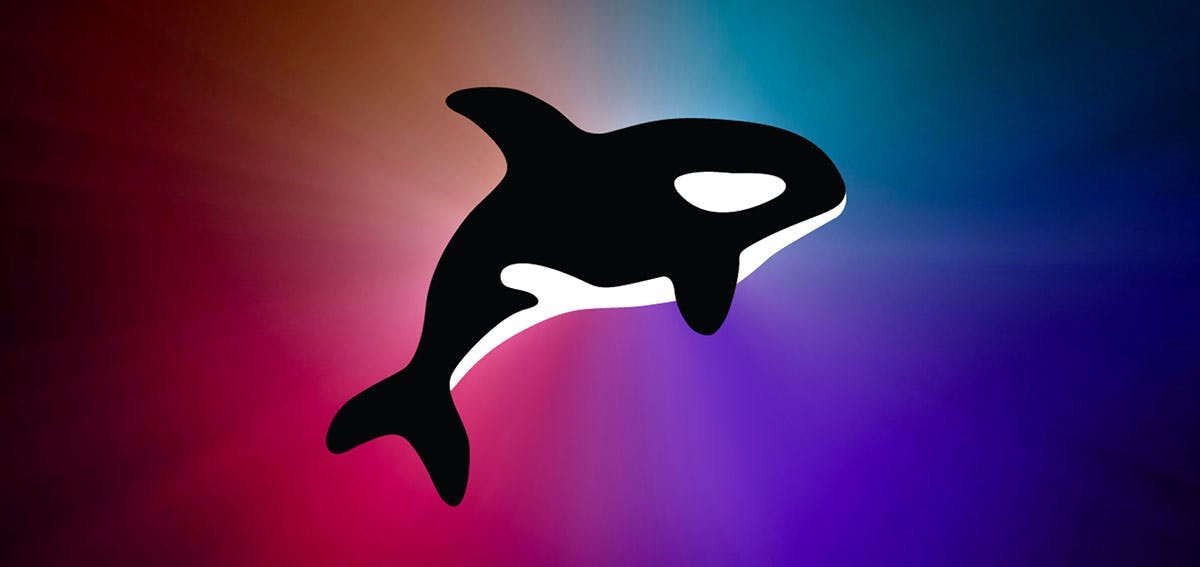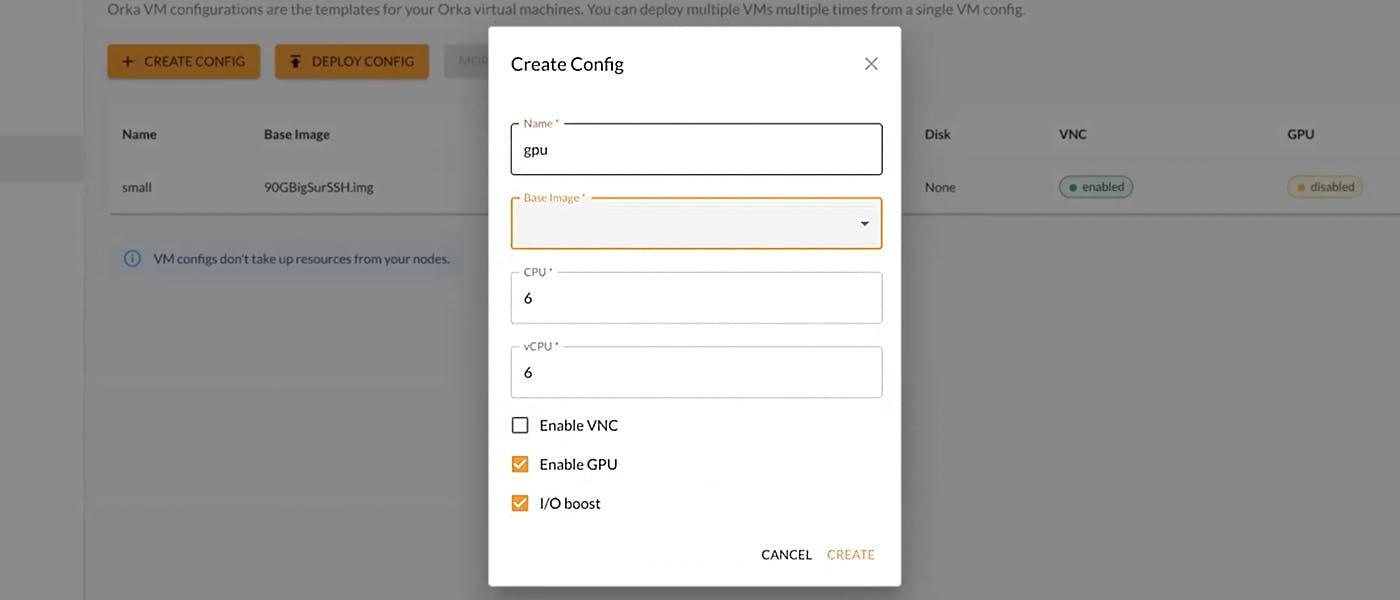Orka 2.0 is available now, and it is packed with exciting new features that we’ll break down in detail below. If you already have an Orka cluster deployed, you can read about the upgrade process, and if Orka’s awesome macOS virtualization is just now piquing your interest, you can learn more about MacStadium’s flagship macOS virtualization product. And finally, to take a deep dive into this latest Orka release, check out the release notes in the Orka docs.
Without further ado, let’s get to the good stuff.
Key features in the Orka 2.0 release
Apple Silicon Support (beta feature)
We are thrilled to announce that Orka 2.0 includes beta support for the inclusion of Apple silicon (ARM) nodes within an Orka cluster – either in combination with Intel-based nodes so that users can target builds and tests on both architectures, or in a purely ARM-based cluster.

For macOS development teams, this means that you can dramatically simplify your CI/CD processes related to universal binaries that you will likely be targeting. And for iOS teams, you can leverage the power of Apple silicon for your builds while staying ahead of the curve, as future Xcode versions will require Apple silicon to run.
To learn more about the beta release of this enormously anticipated feature, check out the docs. Ready to add M1 Macs to your existing Orka environment? Reach out to your sales or solutions contact, or send us a note.
Custom VM Scheduling
Orka 2.0 offers much more granular control of your Orka cluster’s resources. To this end, users can now choose between two types of VM schedulers according to their preferred approach to node utilization within the Orka cluster.
The default scheduler assigns a VM to the first fully-available node in your cluster, and only assigns a VM to an occupied node when there are no other empty nodes available. This provides the maximum resource performance for each VM.
Conversely, the most-allocated VM scheduler assigns a VM to the first node that contains enough available resources required to accommodate the VM. Orka will “fill up” one node with VMs before assigning a VM to an empty node. This allows you to maximize your resource efficiency within your Orka environment.
Check out these resources to learn more about VM scheduling when creating a VM config or deploying a VM.

Node Tagging
With Orka 2.0, it's now possible to create a pool of nodes, within your larger Orka cluster, through the use of tags. Users can apply a tag to one or more nodes, which can be passed as arguments when deploying a VM config. Orka will spin up the VM on a node with the matching tag, thus allowing for much more granular control of the VM creation behavior of your Orka cluster. Tags can be enforceable (a VM will only be assigned to a node containing the tag) or flexible (Orka will prioritize nodes with the tag, but assign the VM to a non-tagged node if all tagged nodes are full).
Check out these additional resources to learn more about node tagging and usage of tags when deploying a VM.
orka vm deploy
VM name: myorkavm
[Tag]: jenkins-pool
[Tag Required (y/N)]: yGPU and IO Boost Controls in the Orka UI
In this latest release, you can now control GPU passthrough and IO boost in the Orka web interface. These features have been previously available only in the CLI and API, but now you can enable or disable them easily within the UI and see the status with visual tags.


…and that’s not all!
Check out the release notes for more updates, including the option to use --expand when running orka vms or orka vms --json to view all the replicas of the scaled VMs, a Windows-related bug fix, and significant Orka performance improvements.
TL;DR
Orka 2.0 has shipped, and it is packed with exciting features – not least of which is beta support for ARM-based Apple silicon. Beyond this much-anticipated feature, there are also additional new features that expose much more granular control of your cluster’s behavior, such as custom VM scheduling and node tagging, which will allow you far greater control of the way in which your macOS VMs are deployed within your Orka environment.
Want to learn more about Orka 2.0? Check out all of the great things in our latest release in our Orka 2.0 release notes. Do you have any suggestions for future Orka features? If so, contact us!
Share this article
Orka, Orka Workspace and Orka Pulse are trademarks of MacStadium, Inc. Apple, Mac, Mac mini, Mac Pro, Mac Studio, and macOS are trademarks of Apple Inc. The names and logos of third-party products and companies shown on the website are the property of their respective owners and may also be trademarked.
©2025 MacStadium, Inc. is a U.S. corporation headquartered at 3340 Peachtree Rd NE, Suite 2330, Atlanta, GA 30326. MacStadium, Ltd. is registered in Ireland, company no. 562354.